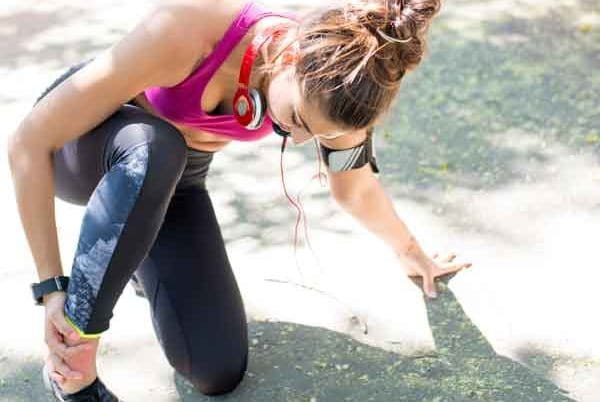When is the Best Time to Stretch
Stretching before and after exercise is equally as important. Incorporating stretches in your warmup will get your muscles ready for the upcoming activity. Including static stretching after your workout will help reduce sore muscles and improve your recovery. This is especially important if you may not participate in activities regularly and are incorporating exercise back in your routine. If you are considering getting back into running, find out more here.
Even if you are not participating in a physical activity, stretching before bed is a good habit to get into. Static stretches will activate your parasympathetic nervous system to help you relax and de-stress from the day. Especially if you sit at a desk all day, when you have been inactive for a prolonged period of time, it’s important to get the blood flowing in your muscles and reduce any stiffness. Find out more ways to improve your ergonomics here.







